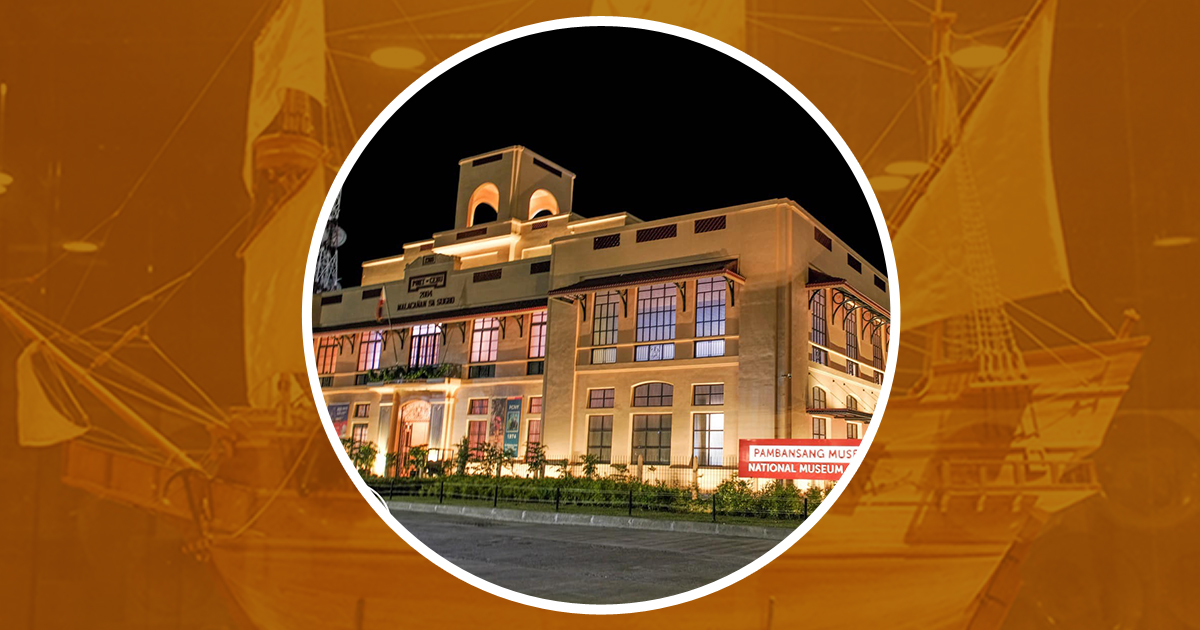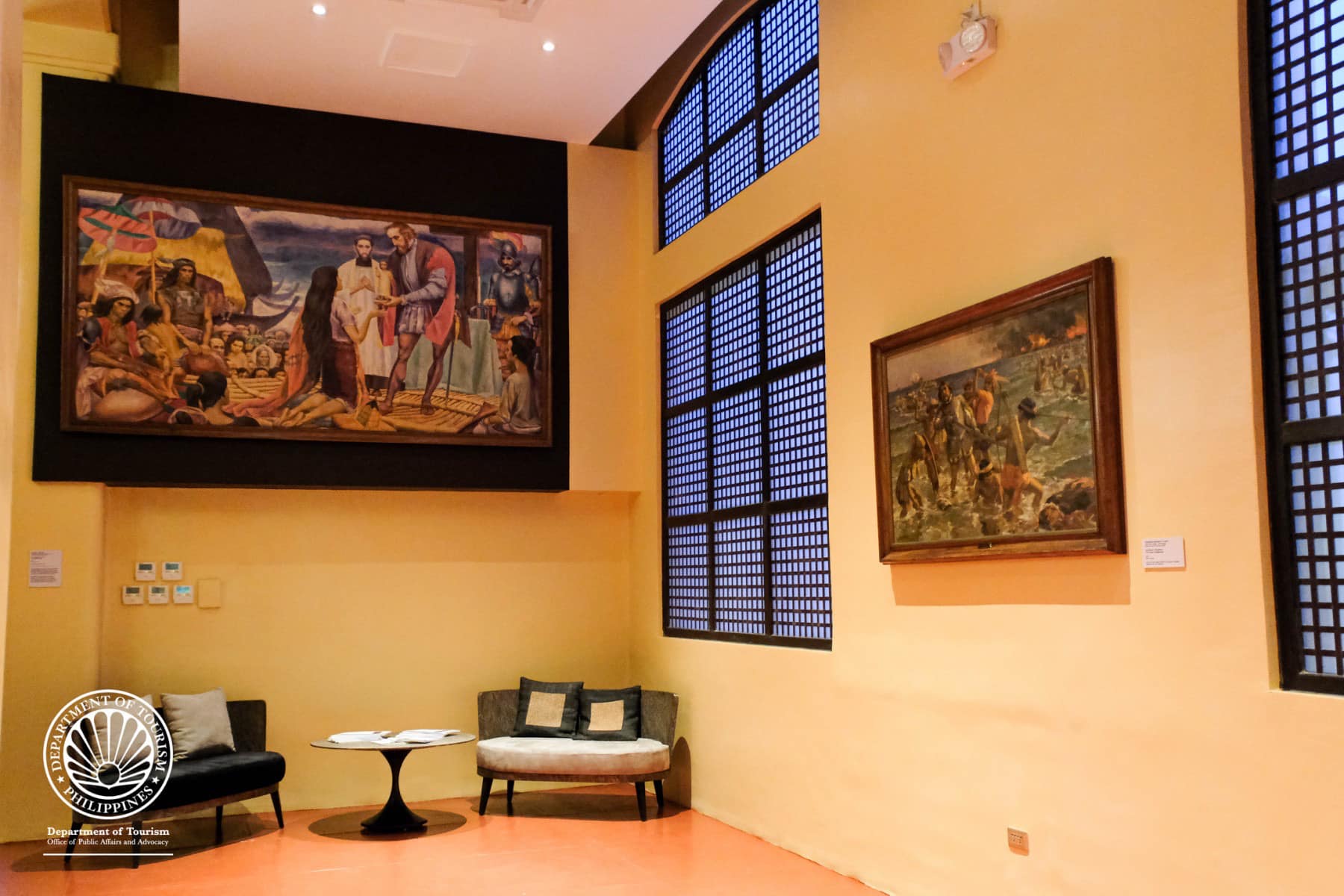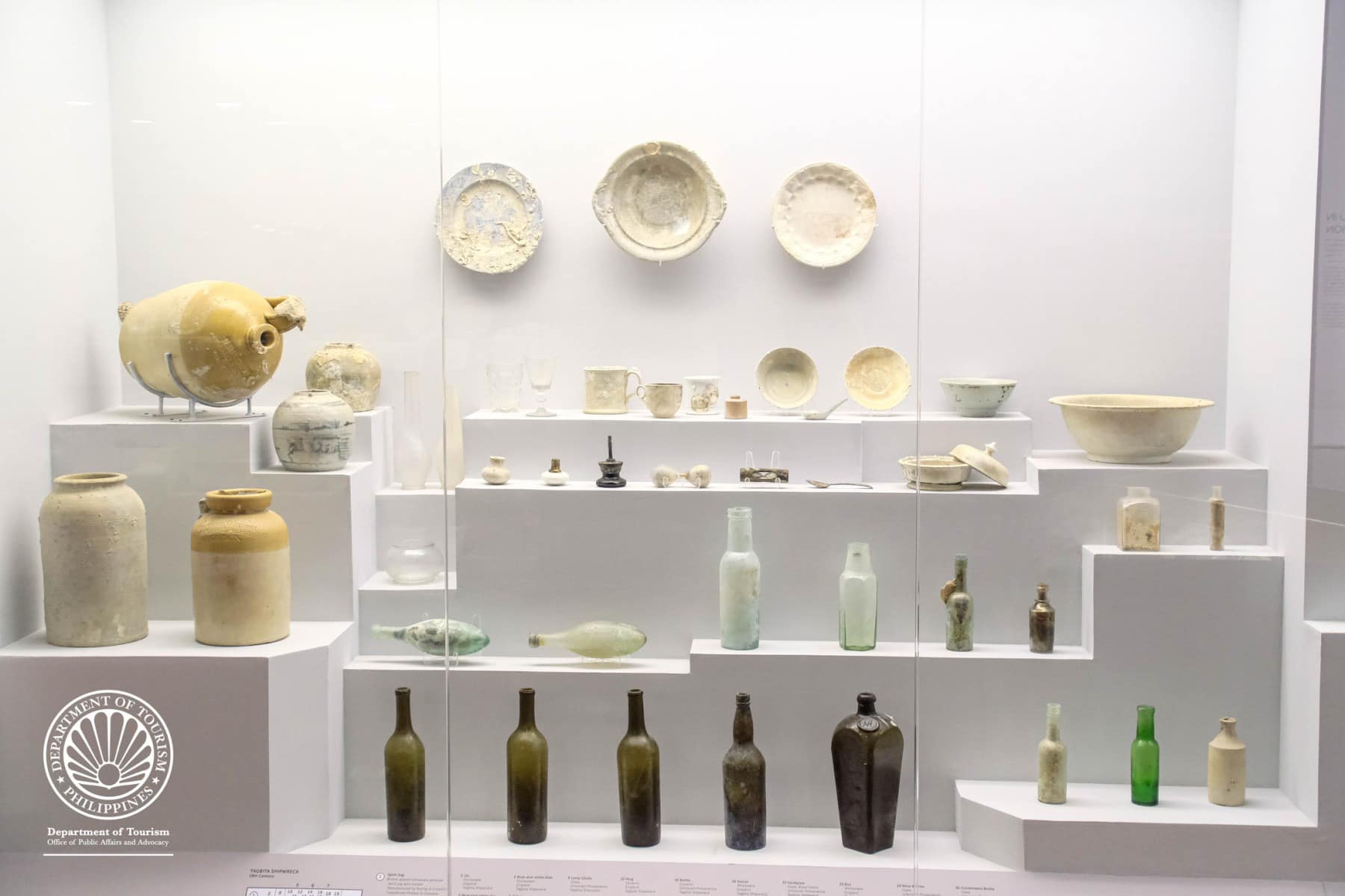The Philippines is hit by typhoons 15 to 20 times a year. Farmers experience severe agricultural damage because of flooding and strong winds. We can do nothing to prevent typhoons, but several methods exist to reduce their damage. One of those is the installation of natural windbreaks to lessen and redirect the impact of strong winds.
Natural windbreaks are rows of trees or shrubs that serve as barriers to strong winds. They reduce wind velocity to protect crops, structures, and houses. They also help prevent soil erosion.
Windbreaks are planted against the direction of the wind, and their effectiveness depends on the planting rows' density, height, and length. The denser the windbreak is, the more significant the wind speed reduction.
Native trees are great options for natural windbreaks. They are already adapted to the Philippine climate, meaning they have developed the resiliency for surviving the extreme local conditions. Here are five native Philippine tree windbreaks to save your crop from strong typhoon winds.
Narra(Pterocarpus indicus)
Narra is considered the national tree of the Philippines because it is a strong and resilient tree – the characteristic that represents Filipinos. Narra trees are often utilized as shade and ornamental trees because of their robust canopy. It is also used as a lumber tree as it produces good quality wood for making furniture. Sadly, narra is a critically endangered tree because of illegal logging. There are only several thousand narra trees left. It is now a prioritized tree for conservation and reforestation.

Narra (Judgefloro/Wikimedia Commons)
Narra is an excellent addition to agricultural green manure and livestock pasture because its leaves are rich in nitrogen. It bears fragrant yellow flowers that usually bloom from February to May. The tree’s flowers are also important sources of nectar and pollen for bees.
Even though it can reach up to 35 meters in height, it has strong resistance to strong winds and is unlikely to be easily uprooted because of its extensive roots.
Kamagong (Diospyros blancoi)
Kamagong is famous for its expensive dark hardwood. Its timber is dubbed “ironwood” because it is one of the hardest woods in the Philippine lumber industry. Its wood is a good material for constructing house flooring, posts, furniture, and wood carvings. Its precious wood attracts loggers, making it another vulnerable tree species.

Kamagong (Judgefloro/Wikimedia Commons)
It is commonly found at low to medium altitudes. The tree is usually planted to provide roadside shade and as an ornamental tree. It bears the fuzzy fruit locally known as mabolo or velvet persimmon in English.
Kamagong can grow up to 33 meters high. It also grows its roots deep in the ground, helping it stay upright during strong typhoons.
Katmon (Dillenia philippinensis)
Katmon is an indigenous tree found in the Philippines. It is planted as an ornamental tree for public parks because of its yellow or white flowers. The flowers develop into a round green, edible, sour fruit that can be eaten raw or cooked in dishes like sinigang. The wood of the katmon tree can be built into cabinets and for small wood construction.

Katmon (Wiki Farazi/Wikimedia Commons)
Katmon trees can grow up to 17 meters. They naturally grow well in forests of low and medium altitudes. They form a root structure called a buttress. These roots form above the ground and serve as stabilizers that prevent the tree from toppling down.
Pili (Canarium ovatum)
The pili is an erect, medium-sized tree that can grow up to 30 meters. Pili is a famous tree in the Bicol region because of its pili nuts and oil. Bicol considers pili their flagship crop because the pili industry is vital in generating jobs and income in the region. Besides the Bicol region, pili trees are abundant in Western and Eastern Visayas, Southern Tagalog, Caraga, and Southern Mindanao.

Pili grove (Zyrahila/Wikimedia Commons)
The pili tree bears the hard pili fruit. Inside the fruit is the kernel that can be eaten raw or roasted. The resin from its bark, called elemi, is used for pharmaceutical and industrial purposes, while the oil from the fruit is for culinary use.
The pili trees in Bicol have stood the test of time, surviving many typhoons that hit the region. Pili trees have an extensive root system making them an excellent candidate to resist strong typhoon winds.
Bitaog (Calophyllum inophyllum)
Bitaog or tamanu tree is another tree that is native to the Philippines. It can grow up to 35 meters tall. It is commonly found along shores throughout the Philippines but is commonly seen in Cagayan, Sorsogon, Palawan, Masbate, Leyte, and Mindanao. Because it prefers to grow alongside the coastal areas, bitaog wood is used in boat construction. It is also an excellent shade and ornamental tree planted along roads and parks.

Bitaog (Forest & Kim Starr/Wikimdedia Commons)
The leaves and fruits of the bitaog tree are said to be poisonous. However, the seed of the fruit is used for the casing of the local coconut candies called “sundot kulangot.” While the tamanu oil, collected from the fruit seed, is used for medicinal and cosmetic purposes.
Bitaog trees are great windbreaks as they naturally thrive in the windy conditions of the coastal areas. They also develop deep roots to penetrate beyond the sandy soils of the shores.
More than just windbreaks
The Philippine forest has undergone rapid deforestation through the years. This has left many of our native vulnerable or critically endangered because of illegal logging. Planting of native trees is important in the conservation of these trees. Also, native trees provide shelter to local wildlife
Besides protecting lives and livelihood from the destructive capability of strong winds from typhoons, native trees can provide additional income through their by-products such as their fruits and seeds.
The Philippines is hit by typhoons 15 to 20 times a year. Farmers experience severe agricultural damage because of flooding and strong winds. We can do nothing to prevent typhoons, but several methods exist to reduce their damage. One of those is the installation of natural windbreaks to lessen and redirect the impact of strong winds.
Natural windbreaks are rows of trees or shrubs that serve as barriers to strong winds. They reduce wind velocity to protect crops, structures, and houses. They also help prevent soil erosion.
Windbreaks are planted against the direction of the wind, and their effectiveness depends on the planting rows' density, height, and length. The denser the windbreak is, the more significant the wind speed reduction.
Native trees are great options for natural windbreaks. They are already adapted to the Philippine climate, meaning they have developed the resiliency for surviving the extreme local conditions. Here are five native Philippine tree windbreaks to save your crop from strong typhoon winds.





















.jpg)
.jpg)






